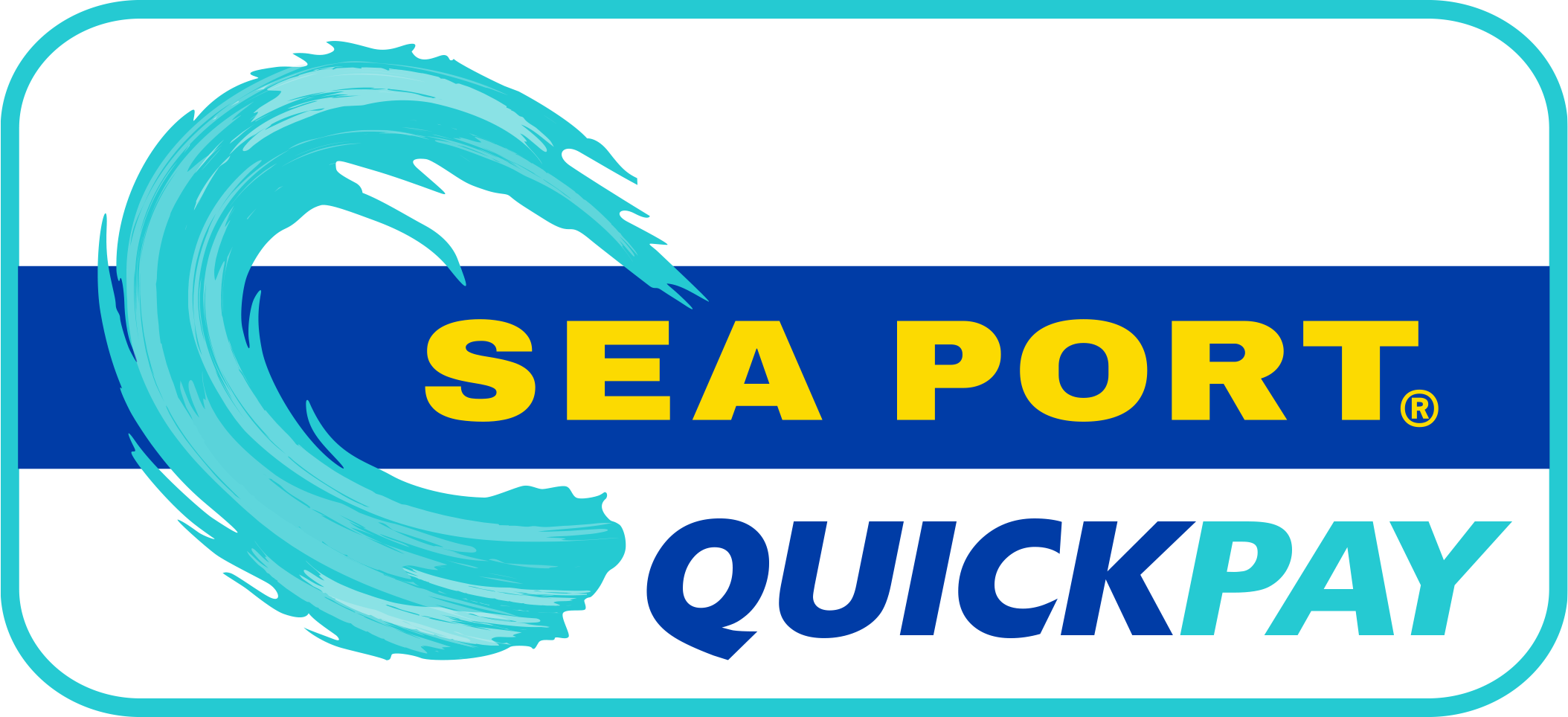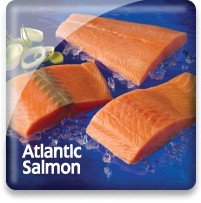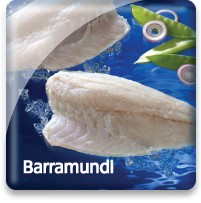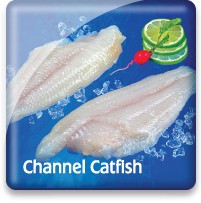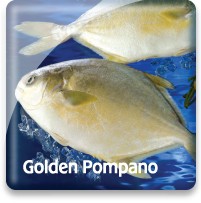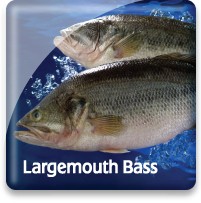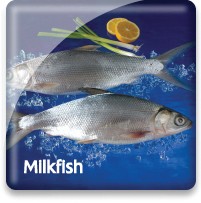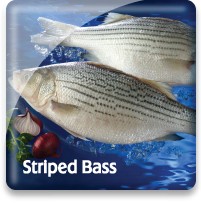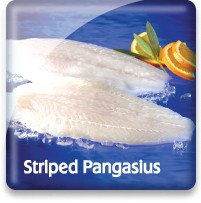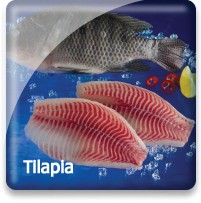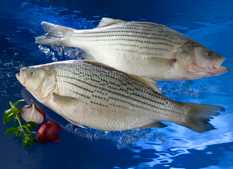
Striped Bass

Market Name: Eating QualitiesHybrid striped bass possess a sweet, delicate flavor. Cooked, the meat is moderately firm, white and flaky.
|
Description & CharacteristicsStriped bass, Morone saxatilis, also called striper, is generally known as rockfish in the Chesapeake region. It is a large sea bass greatly prized by sport fishermen on the Atlantic coast. When available commercially, it is a high-priced fish, indicating that consumers also think it’s good. The flesh is coarse and rather soft with a large flake. The fish has a mystique which ensures its marketability. Striped bass are anadromous fish with the Hudson River and Chesapeake Bay the main spawning areas. The fish is caught from Florida to Massachusetts and a few are seen in the Gulf. They can reach 50 to 60 pounds. The resource collapsed in the late 1970s leading to increasing restrictions on fishing until all fishing ceased. The resource is now in the recovery phase of its cycle and limited, managed fishing is allowed including some commercial fishing.The commercial fishery for striped bass is managed by each state. There is no commercial fishing permitted in federal waters. Each state mandates the regulations of striped bass however the federal government does require that all wild striped bass landed measure between 24-36 inches in length. This typically yields fish that weighs approximately 7 to 15 lbs. The restrictions have created demand for hybrid striped bass. The size restrictions have made the interest for smaller sized hybrid striped bass more prevalent. Hybrid striped bass: Sunshine Bass; Morone chrysops x saxatilis, is a hybrid of the freshwater white bass and the saltwater striped bass. It looks similar to striped bass; however, the body is more round and the stripes are broken.Aquaculture of hybrid striped bass began commercially in the late 1980s, after the failure of the striped bass fishery, in an effort to satisfy a ready market. Hybrid striped bass is also stocked and fished recreationally. The hybrid, sometimes called Sunshine Bass, is more tolerant of temperature extremes and water quality than its parents. It is farmed in fresh water, grows fast and has an eager market following as a replacement for striped bass which has a very limited commercial fishery.Hybrid striped bass are grown from fry, or fingerlings, supplied by commercial hatcheries. Fingerlings are grown mostly in ponds, but also in tanks and raceways for about 12 to 24 months until they reach a market size of about one to two pounds. Some fish are sold live; however, most are sold either fresh whole dressed or as fresh or frozen skin-on fillets. Other Resources |
Handling Instructions for Striped Bass
Whole frozen striped bass must be stored at or below 0°F (-18°C) and then thawed properly when ready to cook. The frozen shelf life is 18 months. Links to proper seafood handling instructions: NOAA - Fish Watch: Handling Seafood and A Consumer Guide to Safe Seafood Handling.
Thawing Striped Bass
The whole IQF striped bass should be placed in a tight fitting plastic bag or covered container and placed under refrigeration between 33 and 39°F for 12-24 hours until thawed. Gutting the whole fish once the gut cavity has sufficiently thawed is recommended even if the body of the fish is still mostly frozen.
Important Instructions for Striped Bass
Upon thawing, whole fish should be gutted if not already done so when the gut cavity was partially thawed earlier in the thawing process. Once totally thawed and cleaned the fish should be cooked immediately for the best quality results. Fish not immediately consumed should be held under proper refrigeration (33-39°F) and completely consumed within 1-2 days.
The Federal Food, Drug and Cosmetic Act now requires that all foods that are not raw agricultural commodities and that contain a major food allergen be labeled to clearly identify the name of the food source form which the allergen is derived. (21 CFR U.S.C. 343(w)(1)). The act defines eight foods, and any ingredients derived from these foods as major food allergens: Fish, Crustacean Shellfish, Milk, Eggs, Tree Nuts, Peanuts, Wheat & Soybeans. The name of the food source that must be listed on the label for fish or crustacean shellfish must be the specific type of fish or crustacean shellfish. The market names of species of fish and crustacean shellfish should be used to identify the food source of these two major food allergens. If you intend to re-pack these seafood products, be sure the allergen is declared in either one of two ways:
1) Within the list of ingredients
or
2) In a separate “Contains” statement immediately after or adjacent to the list of ingredients.
Consult the Fish and Fishery Products Hazards and Controls Guidance, Fourth Edition, Chapter 19 for more detailed information on the labeling of food allergens.
Cooking Tips
Striped bass can be prepared using a wide variety of cooking methods. Links to cooking tips and recipes.
Taiwan
The island of Tawian, shaped like a tobacco leaf, nation, is located off the coast of China where it is officially part of the Republic of China. Some 23 million people live in an area that is just 245 miles long and 89.5 miles wide, making Taiwan the second-most densely populated country in the world.
While it offers few opportunities for recreational fishing, Taiwan’s commercial fishing industry is well-established, with a fleet of vessels that fish around the world for tuna, sharks, herring, reef fish, horse mackerel, sardines, squid and octopus. Aquaculture is also an important new industry in Tawian, with freshwater farms growing shrimp farms, and tilapia, and marine farms growing shellfish such as clams and oysters.
http://cport.net/go-blue-seafood-sustainability-spectrum
|
|
Go Blue! Seafood Sustainability Spectrum*Click here for an explanation of our Sustainability Spectrum 
Sustainability AssessmentSea Port imports Striped Bass from Taiwan. Striped Bass farming can have significant environmental impacts. Striped Bass are also relatively inefficient feeders and use high amounts of fishmeal, derived from wild fish stocks, in their feed. Overuse of groundwater as a water source for aquaculture ponds in Taiwan is a serious concern, where it is known to contribute to land subsidence (lowering of the surface of the land). Sea Port primarily sources hybrid Striped Bass which are functionally sterile and pose little threat to becoming established in the wild as non-native species. Farmed hybrid Striped Bass have demonstrated better feed conversion ratios than other farmed non-hybrid bass.
Environmental Impact: Moderately HighStriped Bass farming uses relatively large amounts of wild fish in feed; and aquaculture ponds in Taiwan may contribute to land subsidence by using groundwater.
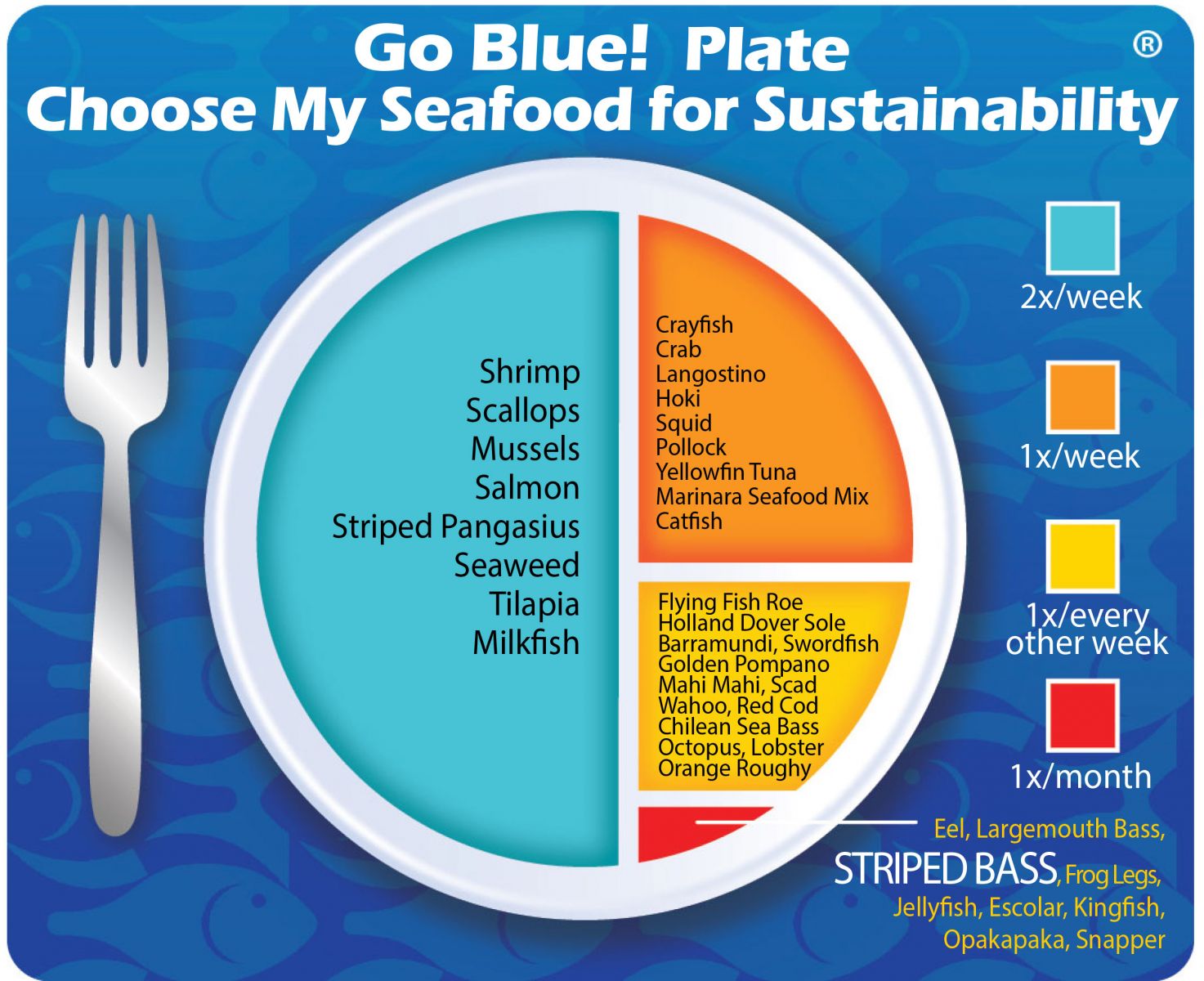
Sustainability Improvements NeededDeveloping suitable substitutes for fishmeal in bass feed and using only feeds specifically formulated for bass will help reduce use of wild fish stocks. More information is needed about Striped Bass farming in Taiwan to better evaluate the environmental impacts of the industry.
Actions that Sea Port is UndertakingSea Port primarily sources Hybrid Striped Bass from Taiwan which is functionally sterile and therefore cannot reproduce in the wild. This helps reduce the negative environmental impacts that may be cause by escaped fish. Sea Port believes that farmed Striped Bass relieves fishing pressure on the remaining wild Striped Bass stocks thereby helping to sustain and protect them. Sea Port also believes that, in aggregate, choosing from a diverse variety of seafood is better for sustaining the world’s seafood resources and Striped Bass should be a part of this variety. We created the sustainability assessments for each of our seafood items in order to reveal the existing and potential environmental impacts and risks that are associated with producing them for human consumption. This allowed us to establish the starting position for each of our seafood items along our progressive Go Blue! Seafood Sustainability Spectrum®. These assessments are only a single snapshot in time and because of this, we will continue to assess and update the critical sustainability needs associated with our supply sources and issue updates to the Go Blue! Seafood Sustainability Spectrum® as needed. There is a growing global awareness for the need to assure the sustainability of farmed and wild caught seafood and because of this; all around the world positive changes are rapidly occurring at all levels of the seafood supply chain. We will continue to spread this growing awareness and work with our many industry partners to improve the sustainability of all seafood, which we believe is the ideal protein of choice to feed an ever growing world population. Our Go Blue! Seafood Sustainability Spectrum® serves as our compass and yardstick as we strive to move all our products forward to becoming more sustainable. Please join us in this committed quest and Catch Our Wave® to sustainability by choosing a diverse variety of responsibly produced seafood as part of your diet. |

